In Scotland, interlinked smoke alarms aren’t just a smart safety choice—they’re a legal requirement for most residential properties. Since February 2022, the Scottish Government’s updated fire safety regulations have mandated interconnected smoke, heat, and carbon monoxide (CO) alarms in all homes, designed to give early warning and save lives during a fire. But installing them correctly is just as crucial as having them: poor placement can delay alerts, create blind spots, or trigger false alarms.
This guide breaks down the official guidelines, best practices, and expert tips for where to place interlinked smoke alarms in Scotland—ensuring your home is compliant, safe, and protected 24/7.
First: Understand Scotland’s Legal Requirements for Interlinked Alarms
Before diving into placement, it’s critical to grasp the legal framework—non-compliance can result in fines or invalidated insurance claims. Here’s what the regulations mandate:
- All homes (houses, flats, maisonettes) must have interlinked smoke alarms in the correct locations.
- Alarms must be interconnected so that triggering one activates all others (wireless or hardwired systems are both acceptable).
- In addition to smoke alarms, a heat alarm is required in kitchens (where smoke from cooking often causes false alarms).
- CO alarms are mandatory in any room with a solid fuel burning appliance (e.g., wood-burning stove, open fire) or a gas boiler/heater.
- Alarms must be mains-powered with a backup battery (replaceable or sealed for life) to ensure functionality during power cuts.
These rules apply to homeowners, landlords, and tenants—landlords are legally responsible for installing and maintaining compliant alarms in rental properties.
Key Placement Rules for Interlinked Smoke Alarms in Scotland
The Scottish Fire and Rescue Service (SFRS) and British Standards (BS 5839-6:2019) outline specific placement guidelines to maximize detection efficiency. Follow these rules for every smoke alarm in your home:
1. Hallways & Landing Areas (Mandatory)
- Every floor with living accommodation must have a smoke alarm installed in the main hallway or landing, close to bedroom doors.
- Mount alarms on the ceiling (preferred) or high on a wall (at least 30cm below the ceiling, but not within 10cm of a corner).
- Ensure the alarm is visible and not blocked by furniture, curtains, or decorations—airflow is critical for detecting smoke quickly.
- For multi-level homes (e.g., two-story houses), the ground-floor alarm should be near the staircase, and the first-floor alarm near the top of the stairs to ensure smoke travels between levels triggers all alarms.
2. Bedrooms (Recommended for High-Risk Spaces)
- While not legally required for all bedrooms, install a smoke alarm in bedrooms where someone smokes, uses electrical devices (e.g., heaters, chargers) overnight, or where a bed is positioned far from the hallway alarm.
- Avoid placing alarms directly above or within 1m of a bed—this can be disruptive if an alarm activates, but ensure it’s still within range to wake occupants.
- For en-suite bedrooms, install the alarm outside the bathroom (not inside, where steam can cause false alarms) but close to the door.
3. Avoid These Placement Mistakes
- Kitchens: Never install a smoke alarm here—use a heat alarm instead (smoke from cooking will trigger frequent false alarms). Keep smoke alarms at least 3m away from kitchen doors if possible.
- Bathrooms/Shower Rooms: Steam and humidity can damage alarms or cause false triggers. Install alarms at least 1m away from bathroom doors.
- Near Obstructions: Keep alarms away from ceiling fans, air vents, or drafty areas (drafts can disperse smoke and delay detection).
- Direct Sunlight/Heat Sources: Avoid placing alarms near radiators, lamps, or windows with direct sunlight—extreme temperatures can affect performance.
- Dusty/Grubby Areas: Attics, basements, or garages with excessive dust should use heat alarms instead of smoke alarms (dust can clog sensors).
Additional Guidelines for Flats & Special Properties
- Flats/Apartments: Each flat must have its own interlinked system (alarms don’t need to connect to other flats in the building). Install the main smoke alarm in the entrance hallway, with additional alarms on each floor if the flat spans multiple levels.
- Loft Conversions: If the loft is used as living space (e.g., a bedroom or office), install a smoke alarm in the loft area, connected to the main system.
- Basements: If the basement is used for living, storage, or contains electrical equipment, install a smoke alarm (or heat alarm if dusty) and link it to the upper-floor alarms.
- Houses with Open Staircases: Ensure the ground-floor alarm is positioned to detect smoke rising through the staircase—avoid placing it too close to the stairs if drafts are an issue.
How Many Interlinked Smoke Alarms Do You Need?
The number depends on your home’s size and layout:
- 1-bedroom flat (single floor): 1 smoke alarm (hallway) + 1 heat alarm (kitchen) + CO alarm (if applicable).
- 2-story house: 2 smoke alarms (ground-floor hallway + first-floor landing) + 1 heat alarm (kitchen) + CO alarm (if applicable).
- 3-story house: 3 smoke alarms (one per floor’s hallway/landing) + 1 heat alarm (kitchen) + CO alarm (if applicable).
Always err on the side of extra coverage—adding an alarm in a large living room or home office can provide earlier detection.
Maintain Your Interlinked Alarms for Compliance & Safety
Placement is only half the battle—regular maintenance ensures your alarms work when you need them:
- Test alarms monthly by pressing the test button (all interlinked alarms should activate).
- Replace batteries annually (or when the low-battery alert sounds)—sealed-for-life batteries typically last 10 years.
- Replace the entire alarm unit every 10 years (most models have an expiration date).
- Keep alarms clean by vacuuming the sensors gently to remove dust and debris.
Landlords must provide tenants with instructions for testing and maintaining alarms, and conduct annual checks to ensure compliance.
Choose Wisualarm’s Interlinked Smoke Alarms: Safety Meets Reliability
When it comes to protecting your home in Scotland, not all interlinked smoke alarms are created equal. Wisualarm’s Interlinked Smoke Alarm range is designed to meet and exceed Scottish regulations, combining cutting-edge technology with user-friendly design for total peace of mind.
Why Wisualarm Stands Out for Scottish Homes:
- Compliant: Meets BS 5839-6:2019 standards and Scottish legal requirements, with backup battery (sealed for 10 years—no frequent battery changes).
- Wireless Interconnection: Easy to install without drilling or rewiring—add extra alarms (smoke, heat, CO) to the system in minutes, with a range of up to 100m (perfect for large homes or flats).
- False Alarm Reduction: Advanced sensors distinguish between real smoke and cooking fumes/steam, minimizing unnecessary disruptions.
- Loud, Clear Alerts: 85dB alarms ensure everyone in the home wakes up—even deep sleepers.
- Seamless Integration: Pair with Wisualarm’s heat alarms and CO detectors for full-home protection, all interconnected to activate simultaneously.
- Local Support: With a UK office and dedicated customer service, we’re here to help with installation guidance, maintenance tips, or technical support—ensuring you’re always compliant.
Whether you’re a homeowner upgrading your safety system or a landlord ensuring rental properties meet regulations, Wisualarm’s Interlinked Smoke Alarms offer the reliability, ease of use, and legal compliance you need.
Ready to Secure Your Home?
Visit our official website to explore our full range of interlinked smoke alarms, heat detectors, and CO alarms—designed specifically for Scottish homes. For personalized advice on how many alarms you need or where to place them, contact our expert team today.
Don’t leave your family’s safety to chance. Choose Wisualarm—where compliance, quality, and peace of mind come standard.
Wisualarm: Protect What Matters Most—Compliant, Reliable, Scottish-Friendly.


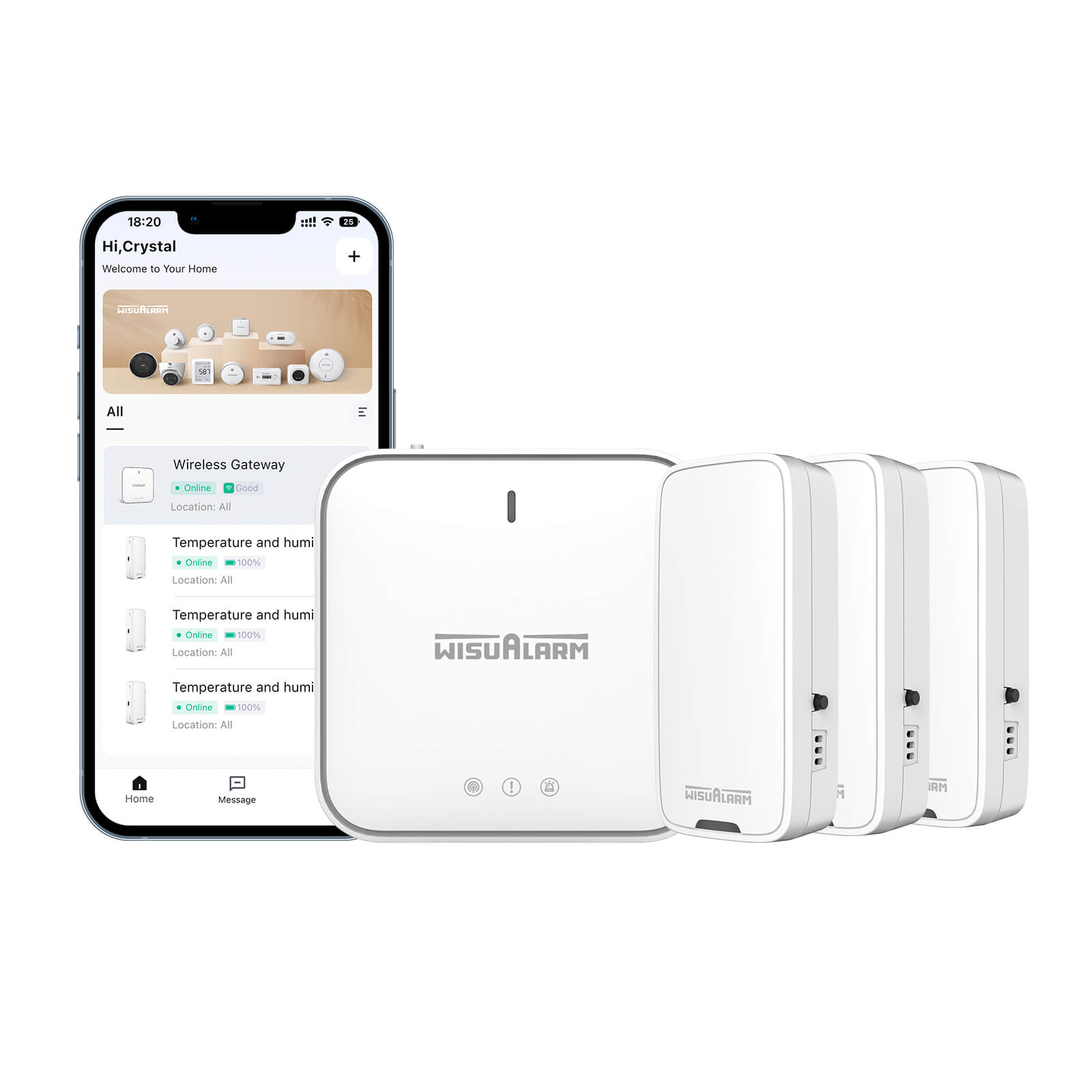

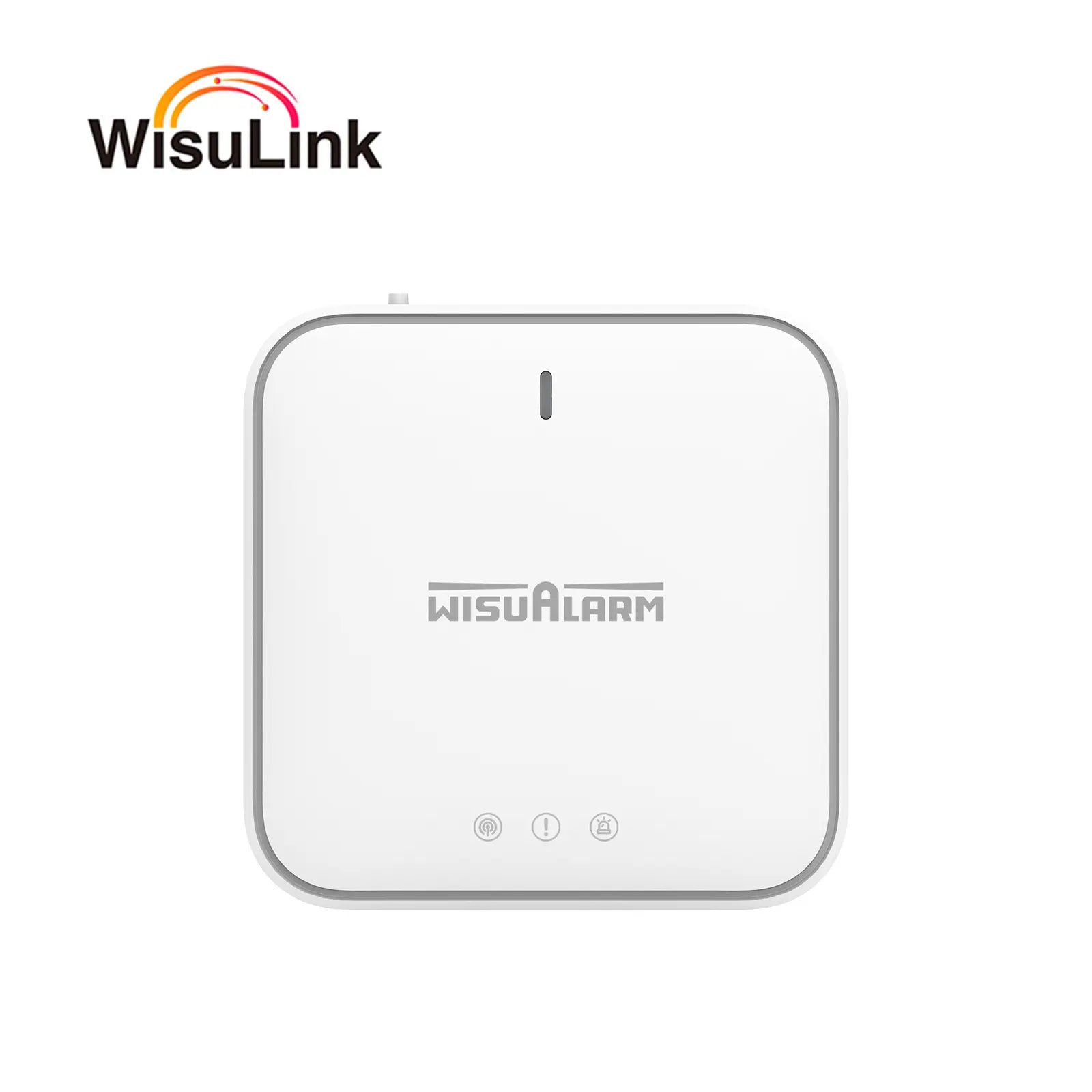

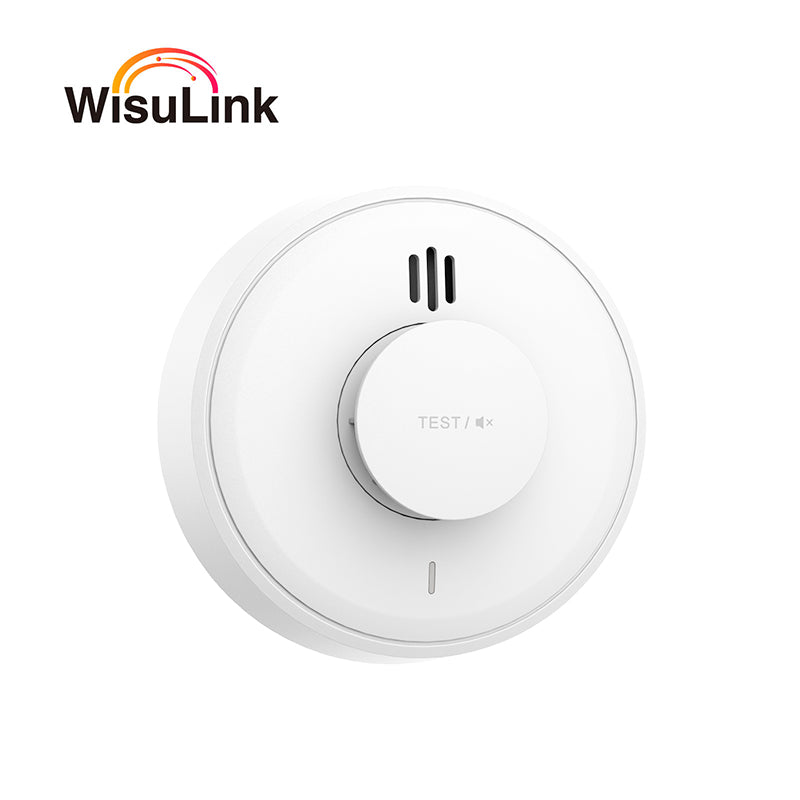
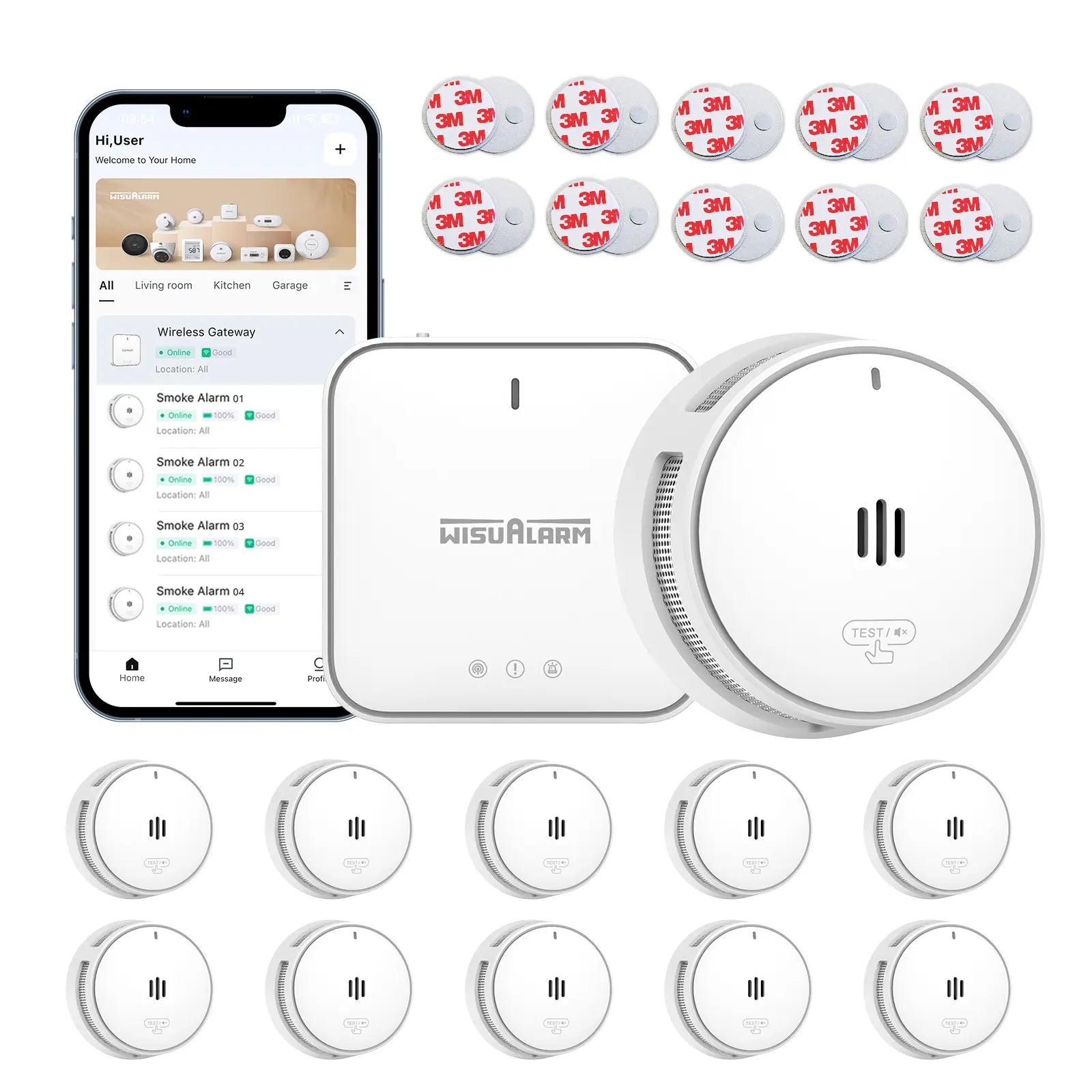


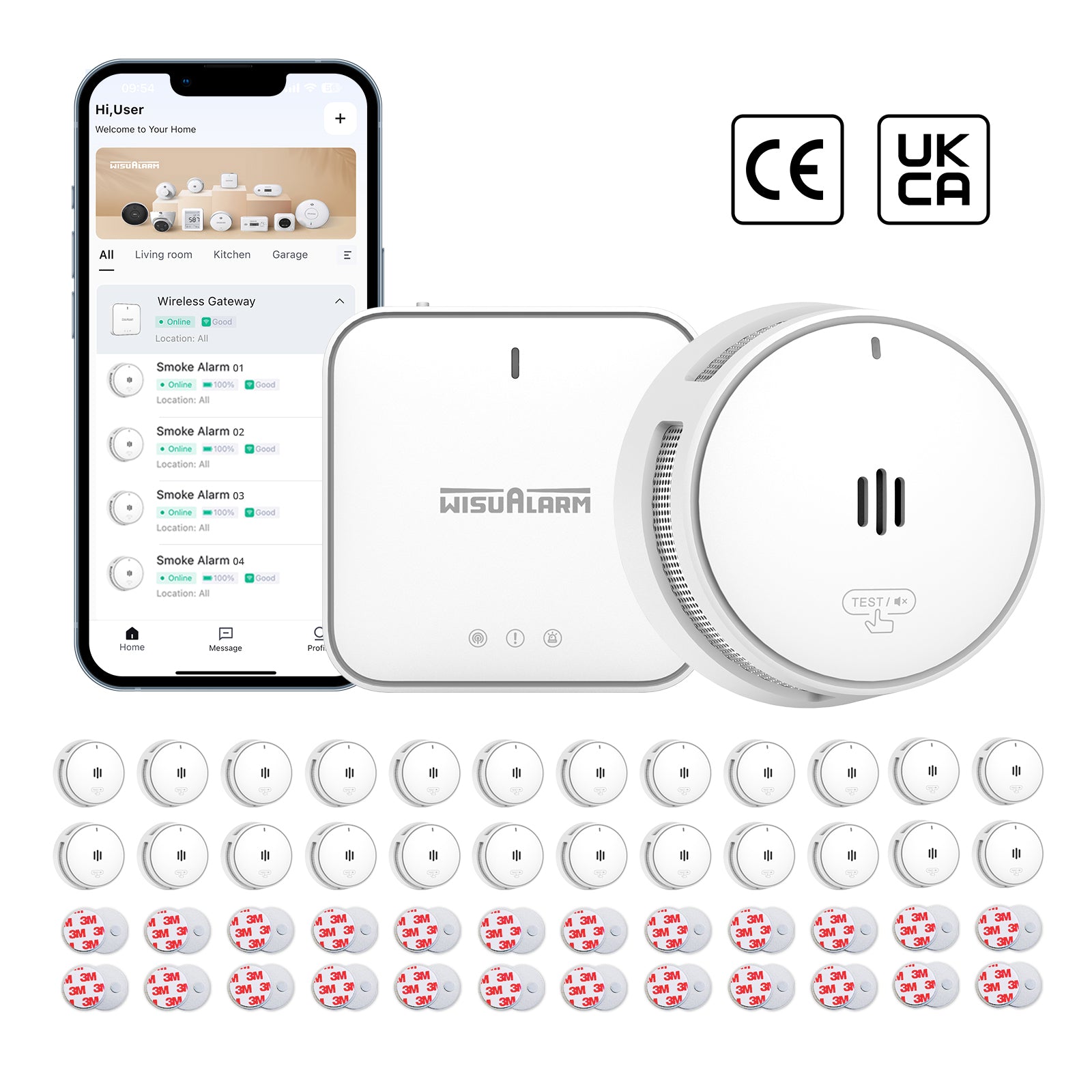
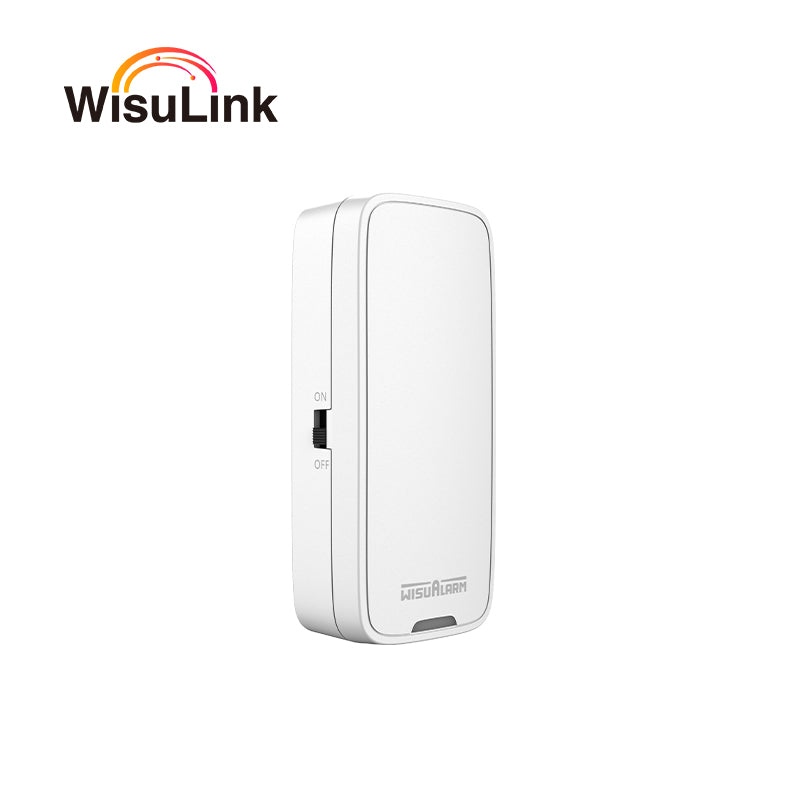
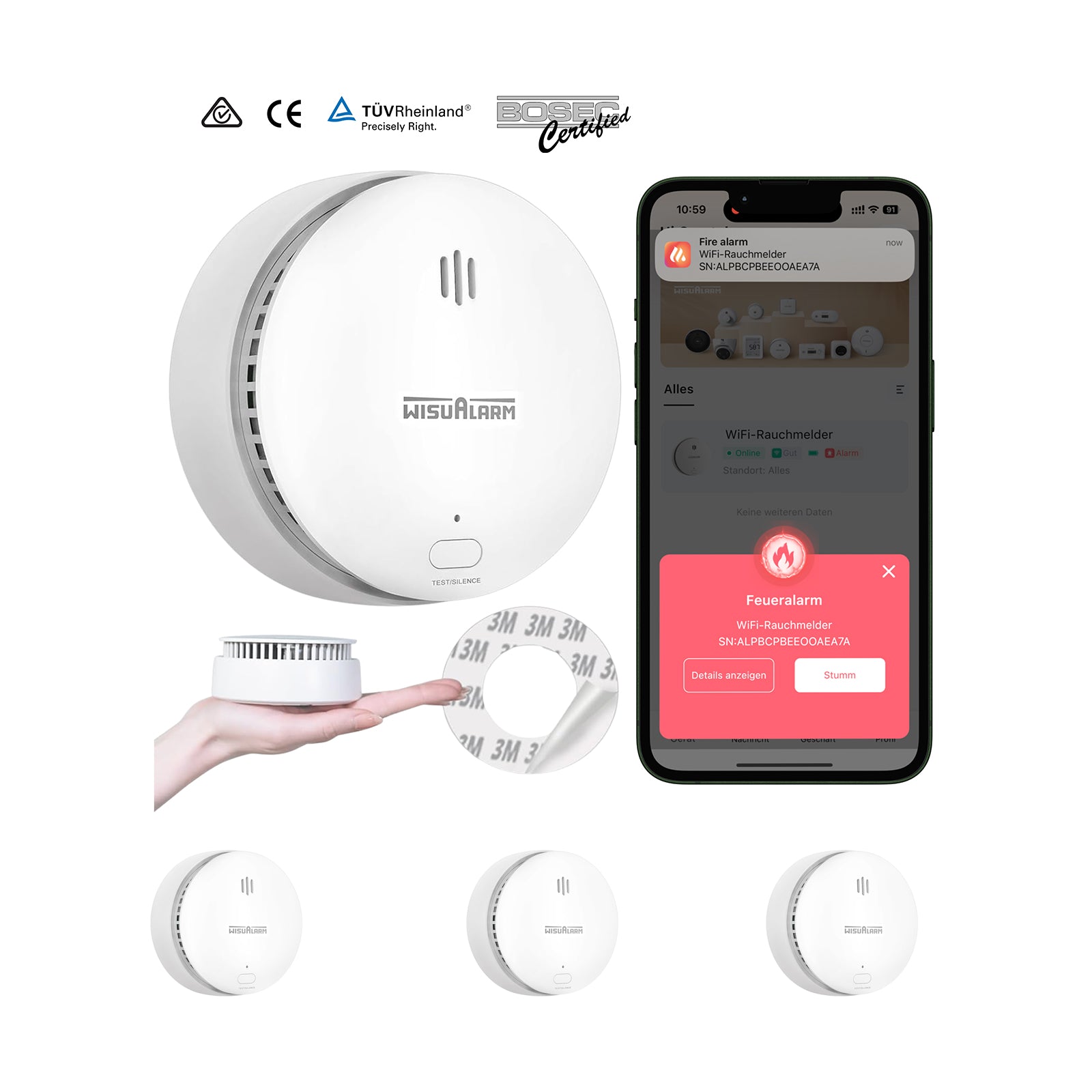
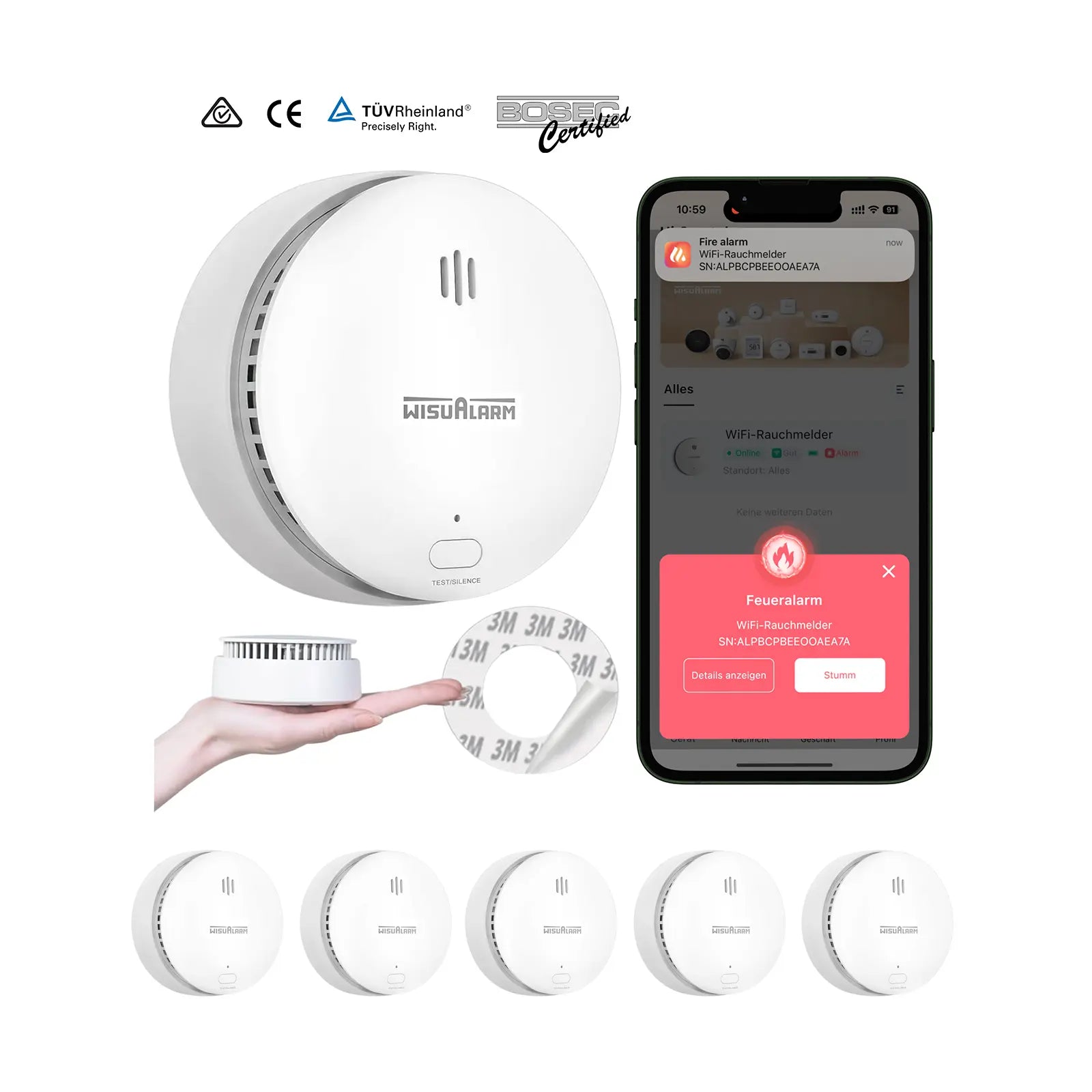
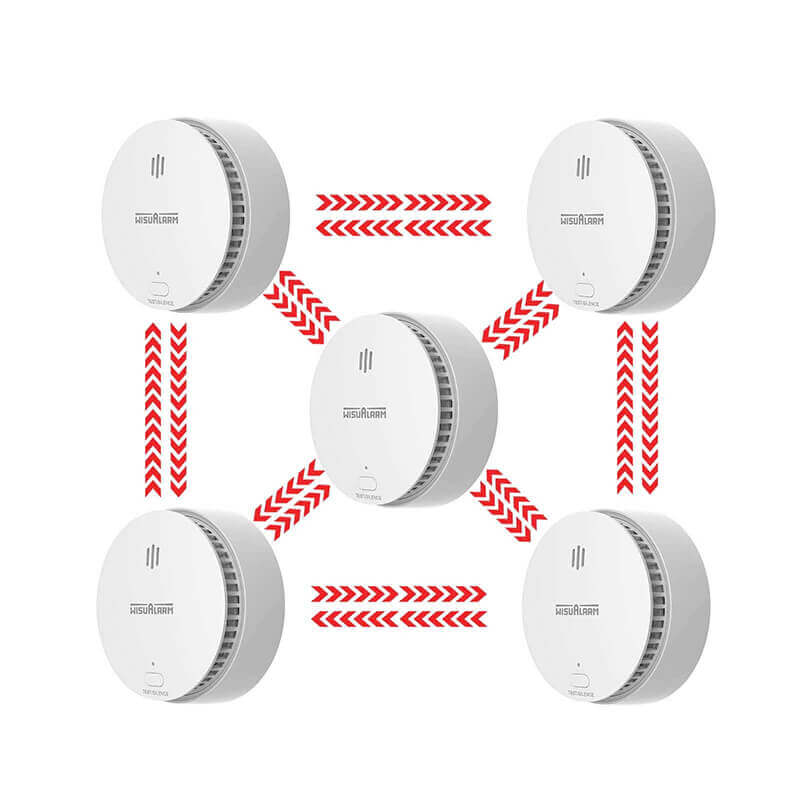



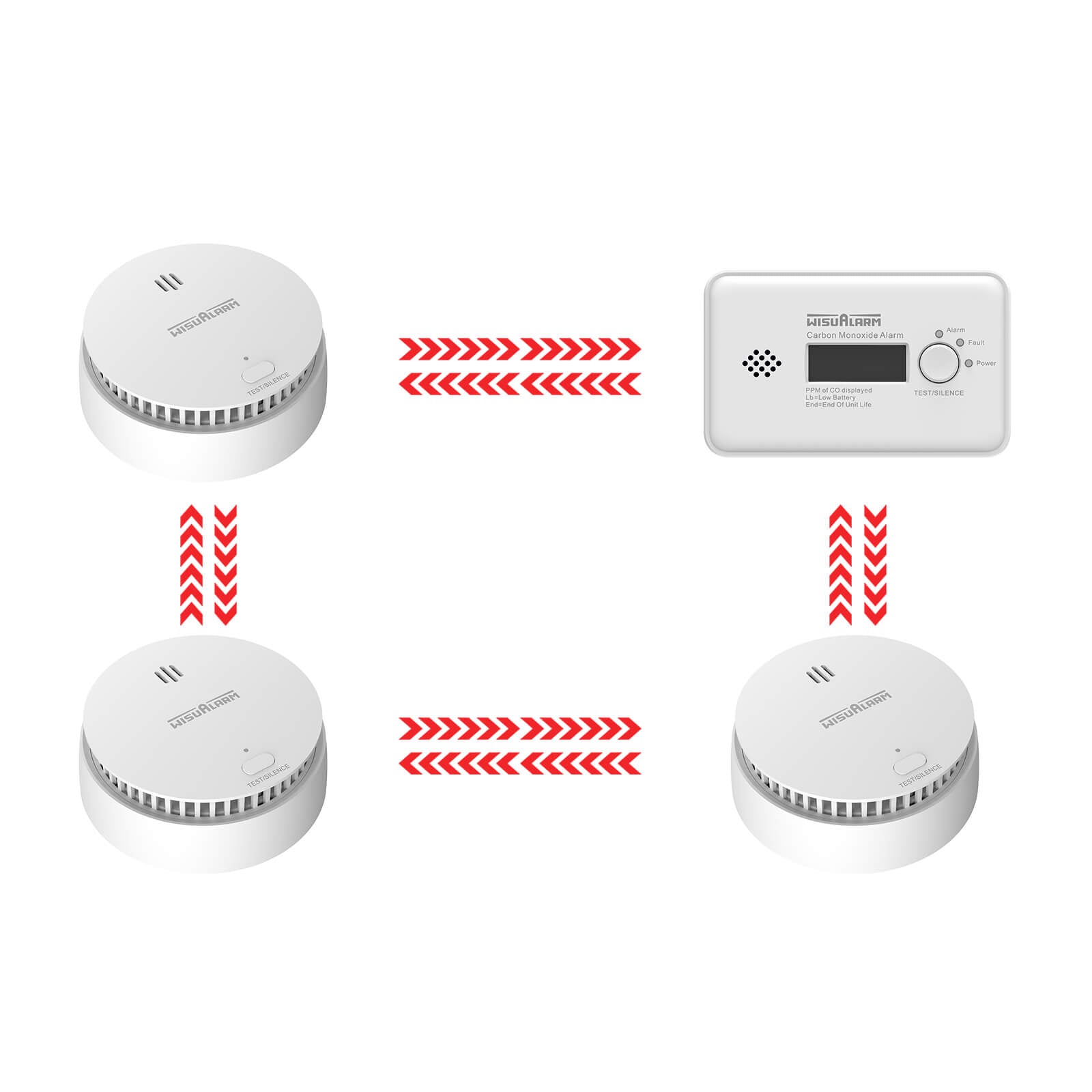

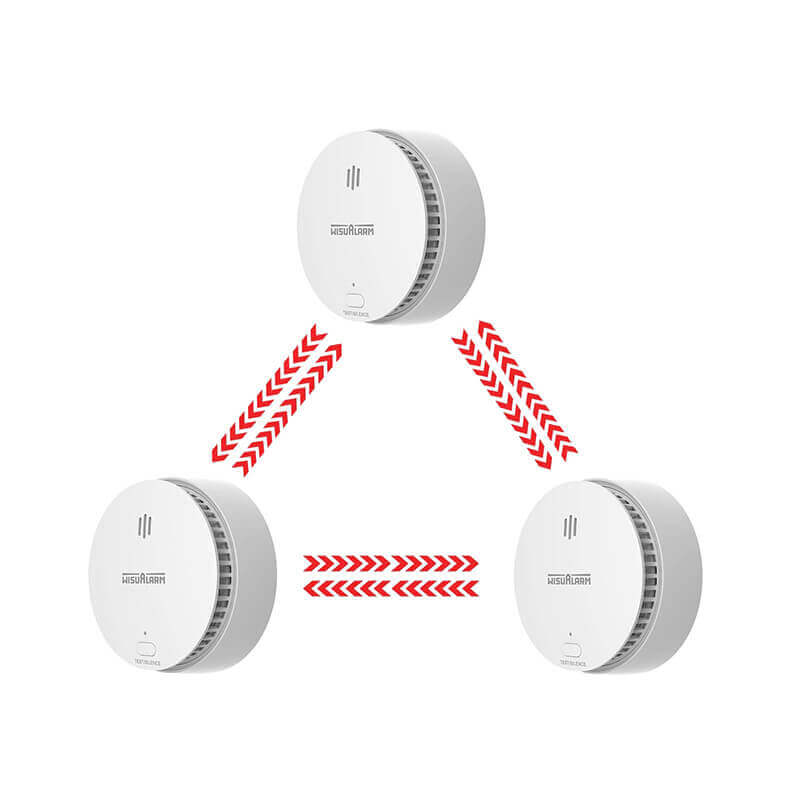
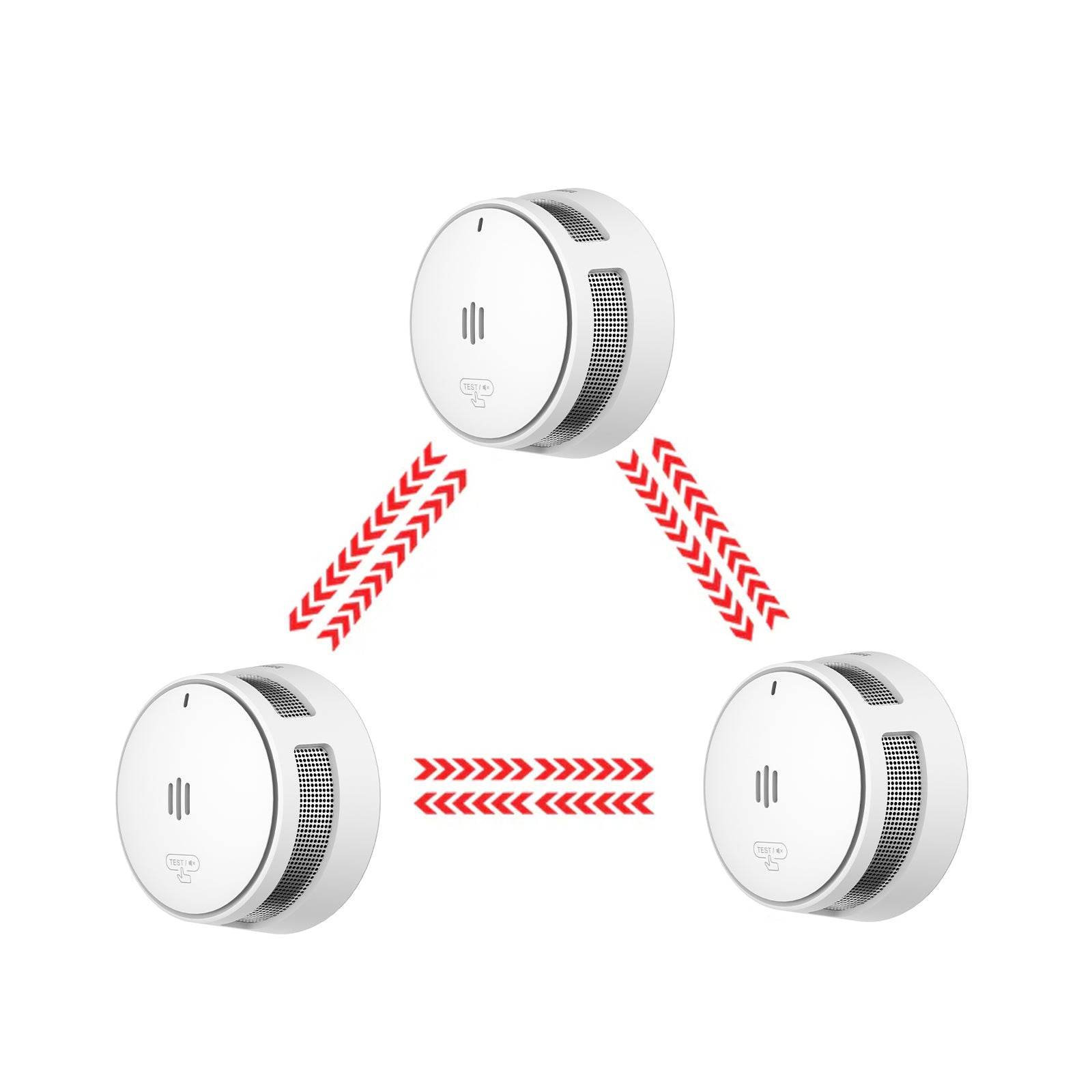
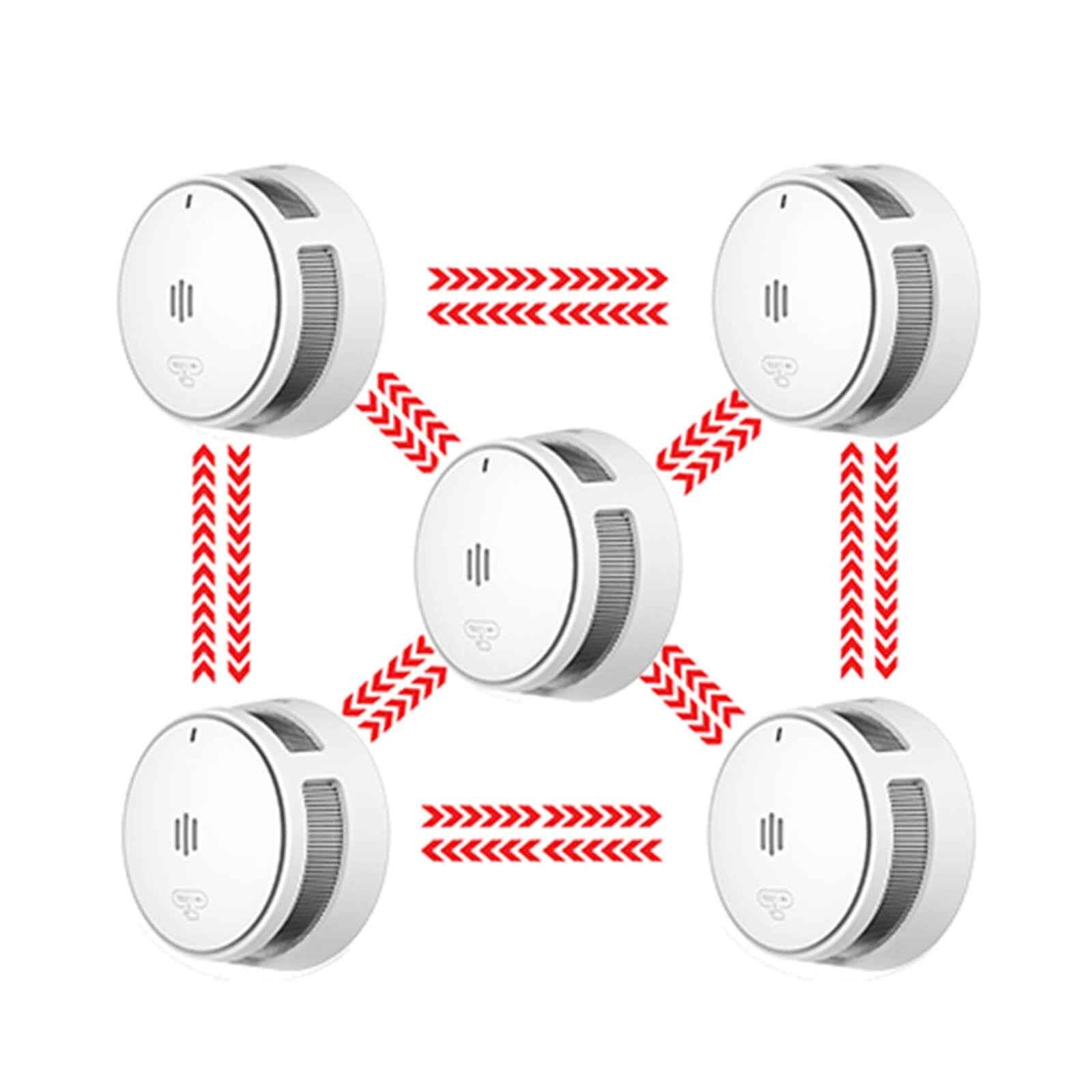
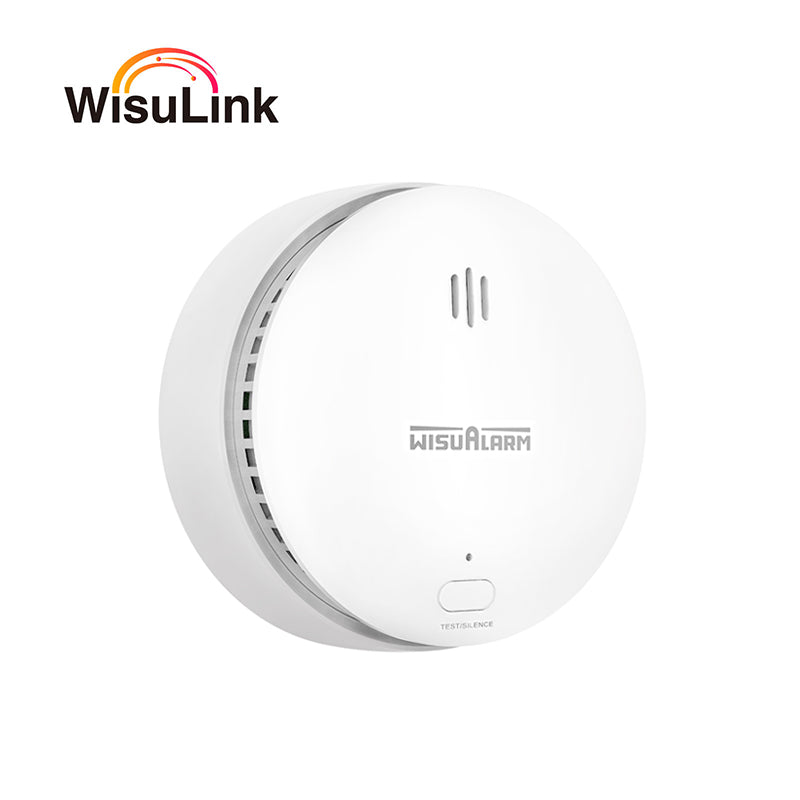
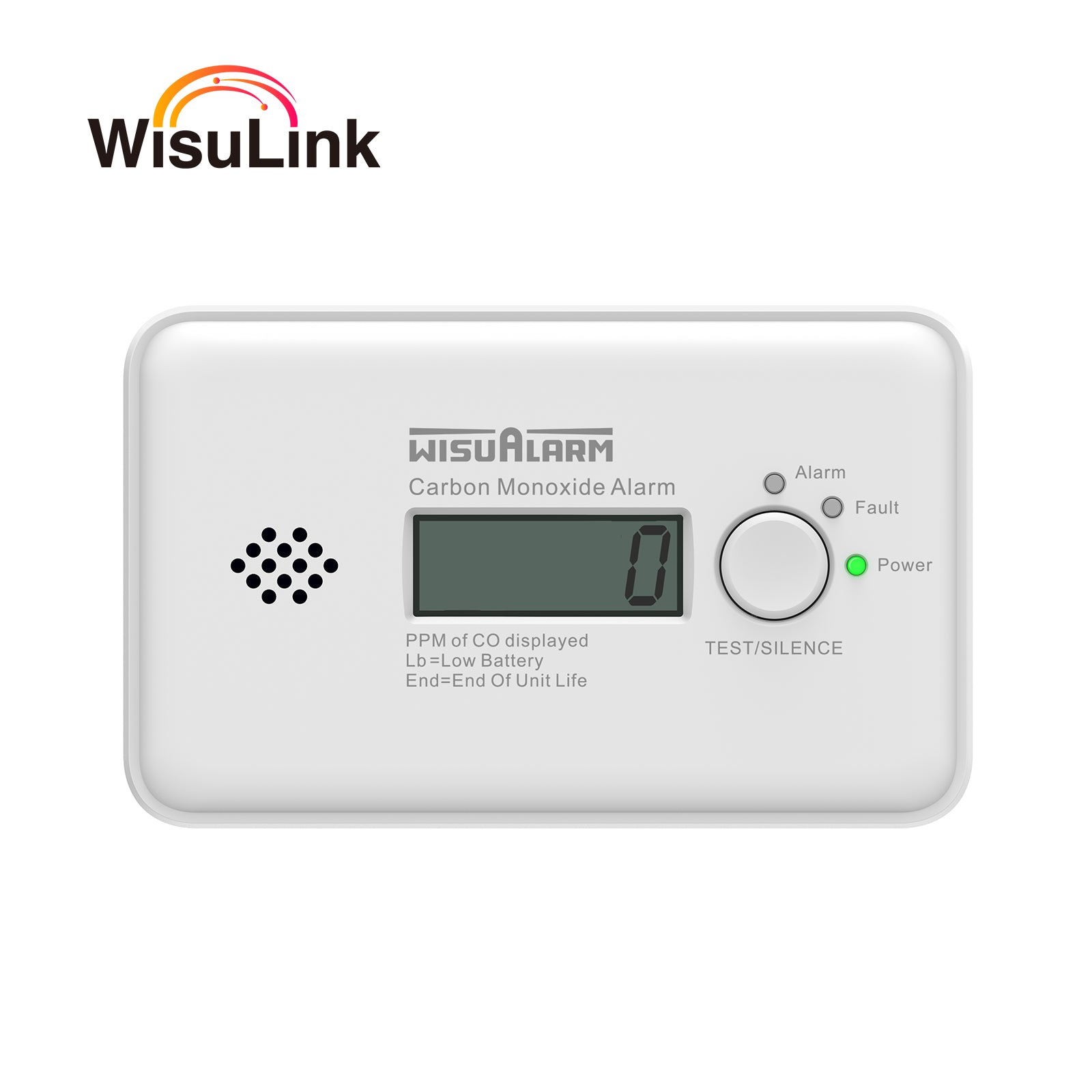
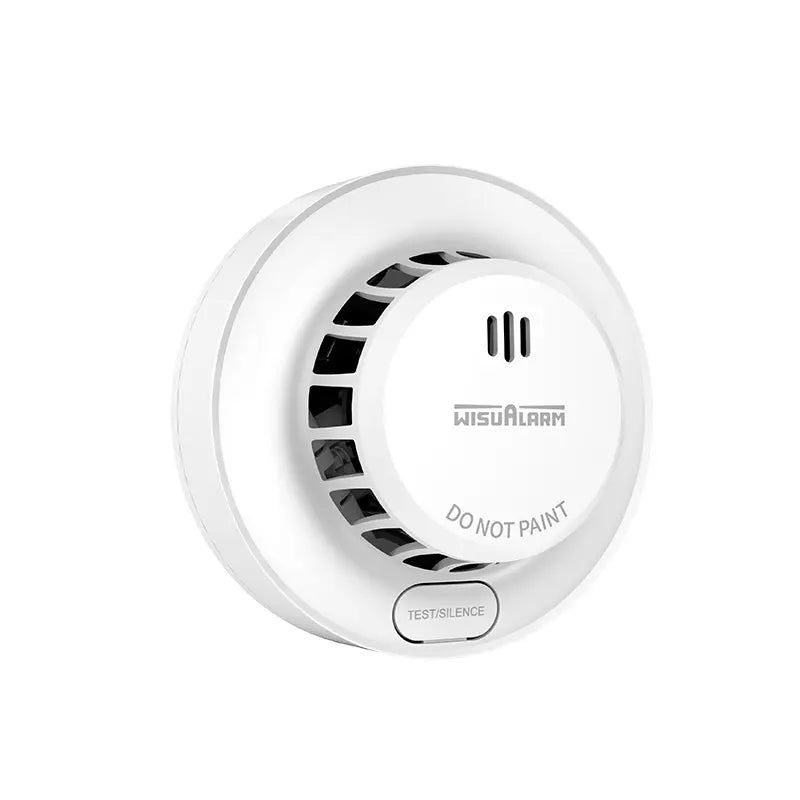
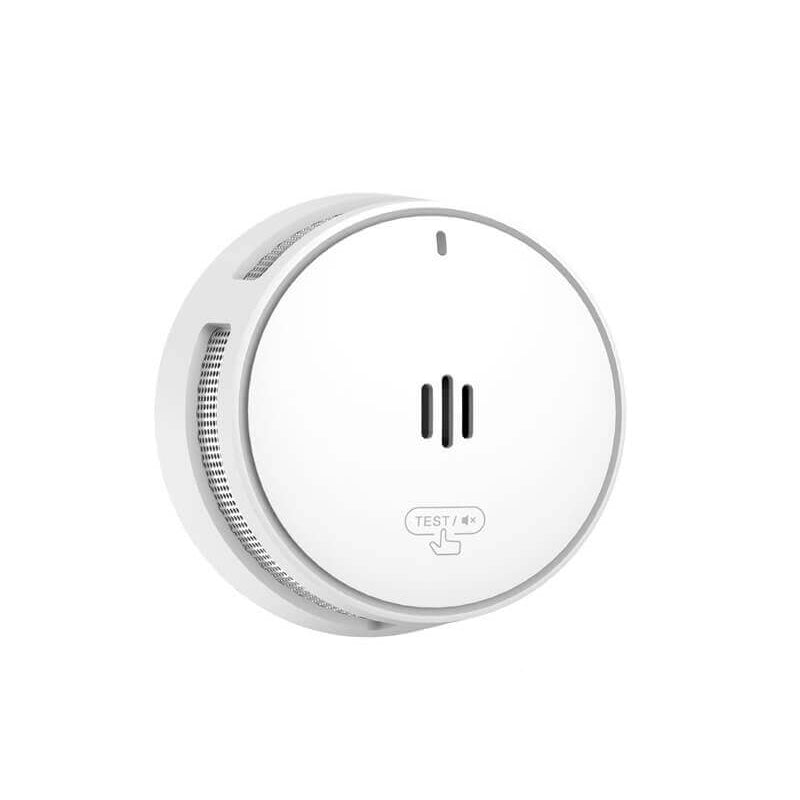
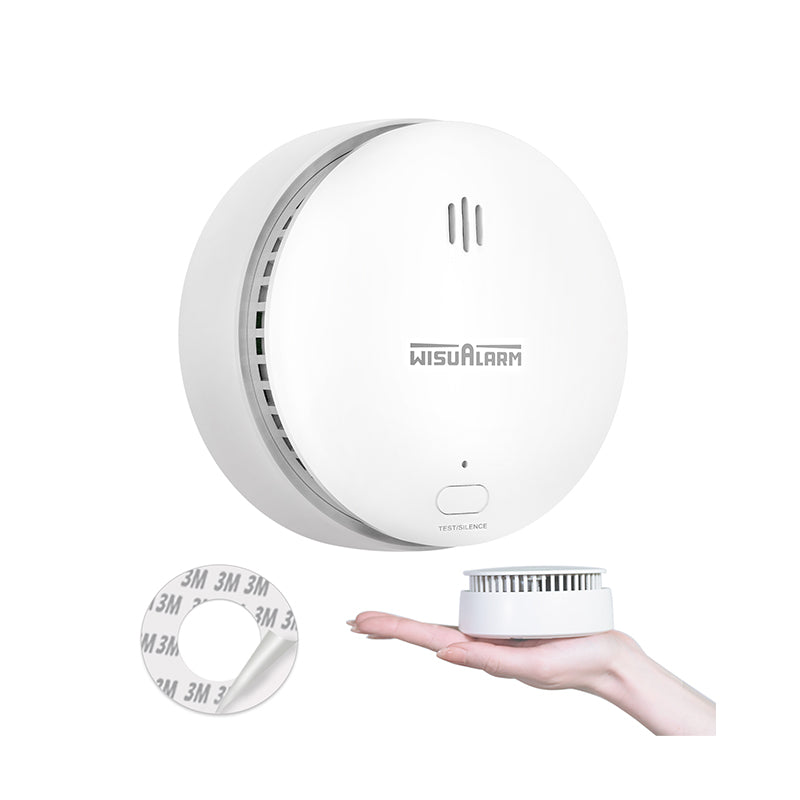
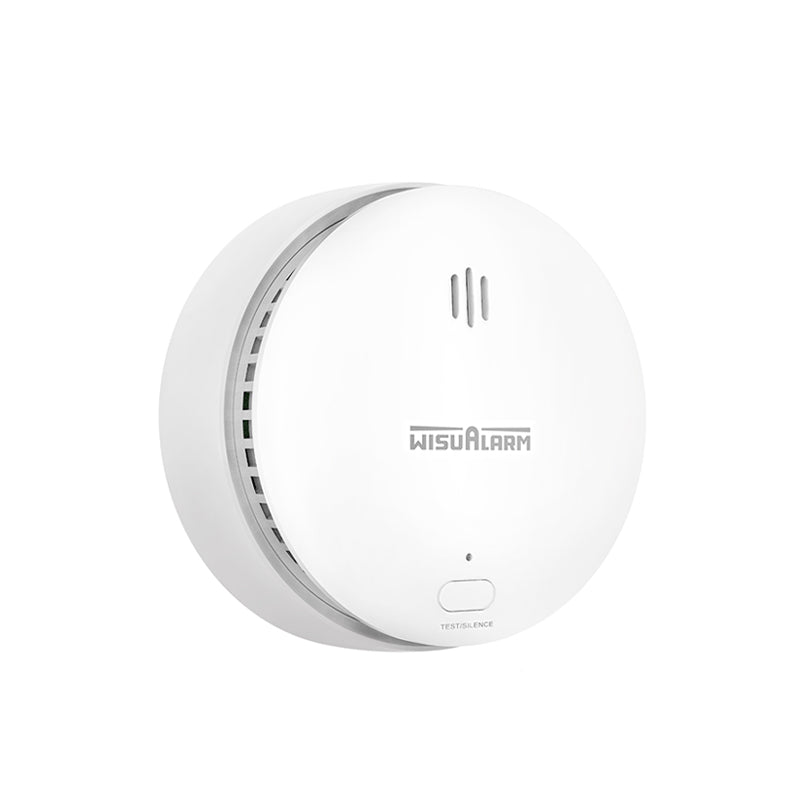
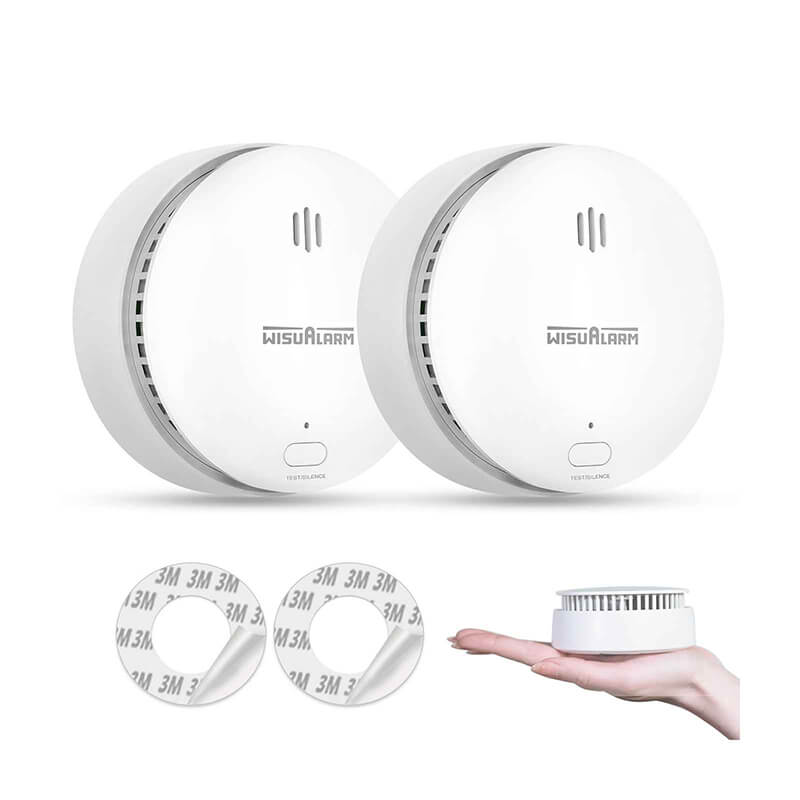
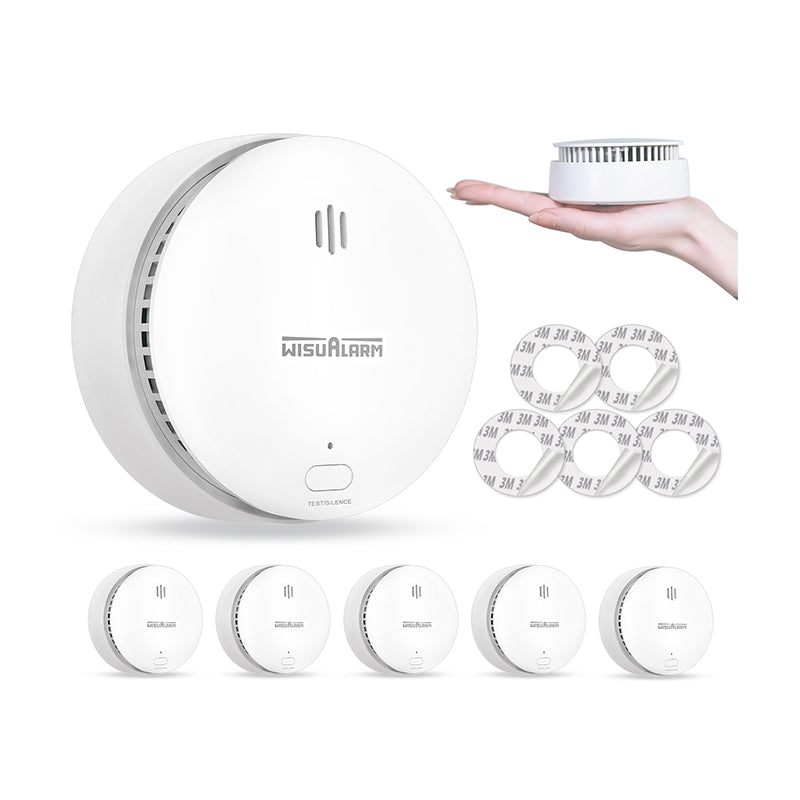
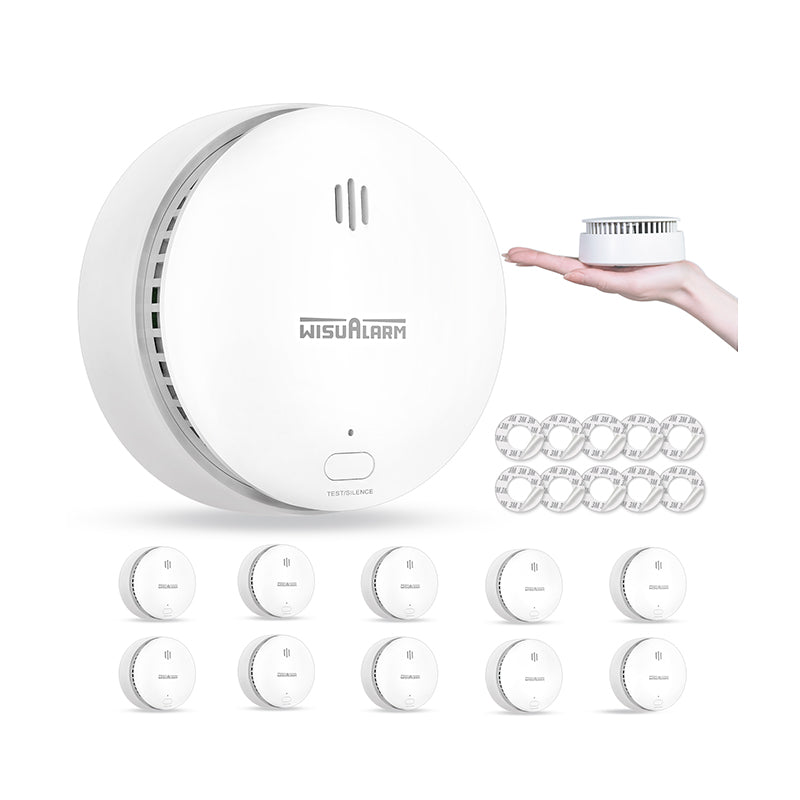
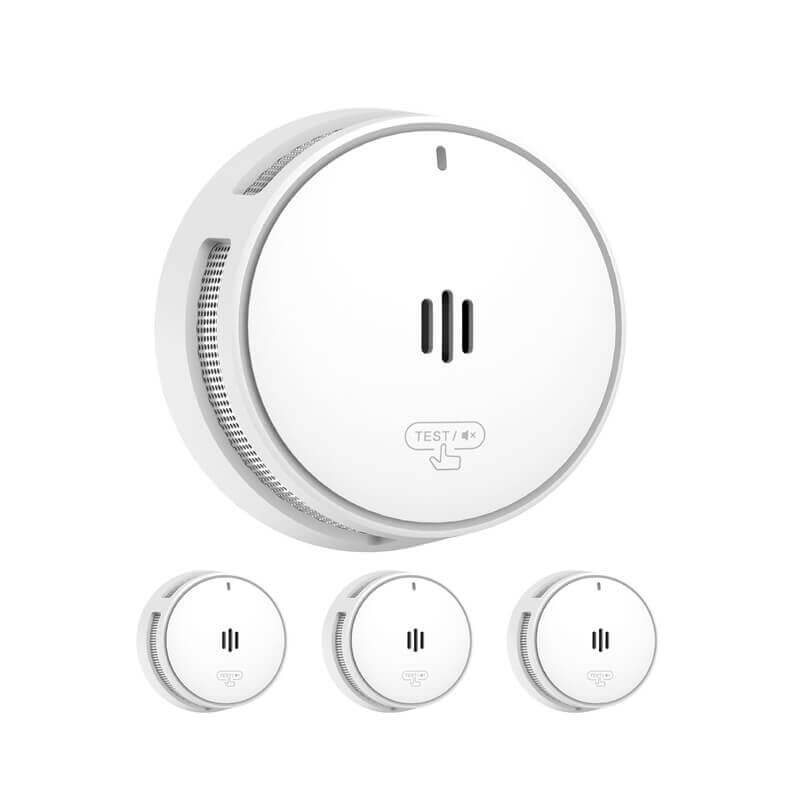
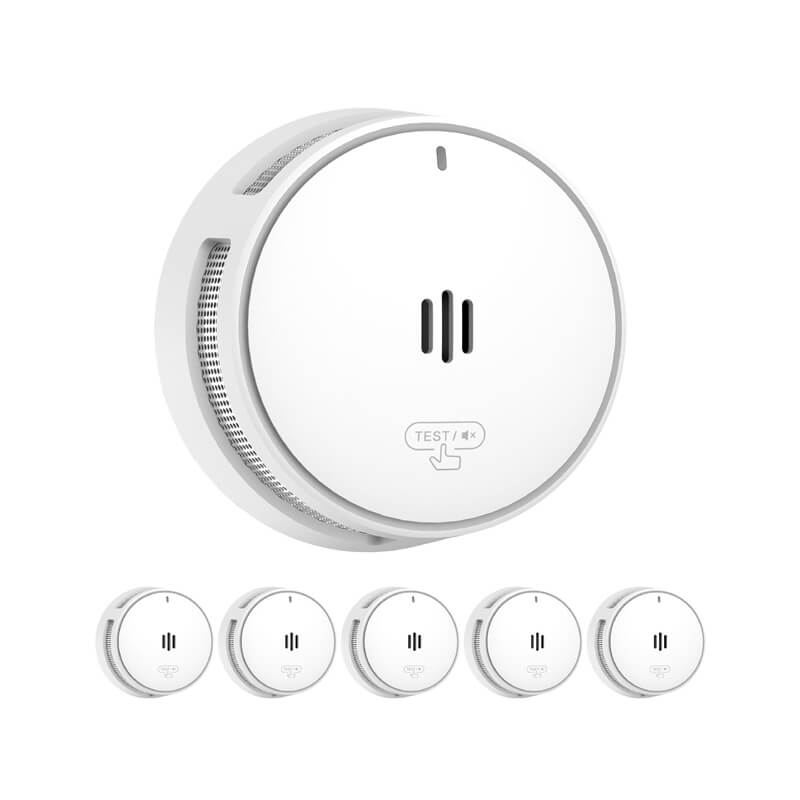
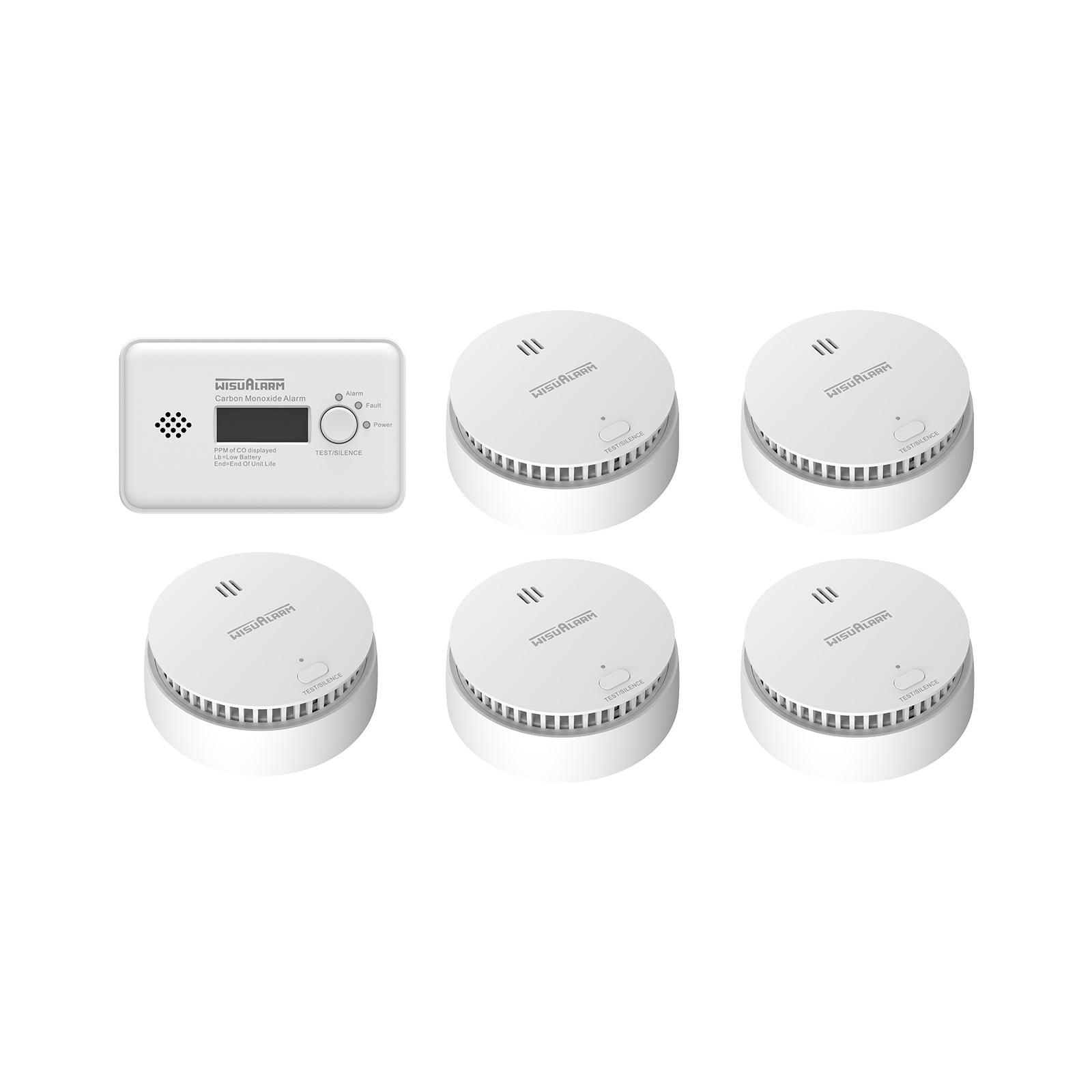
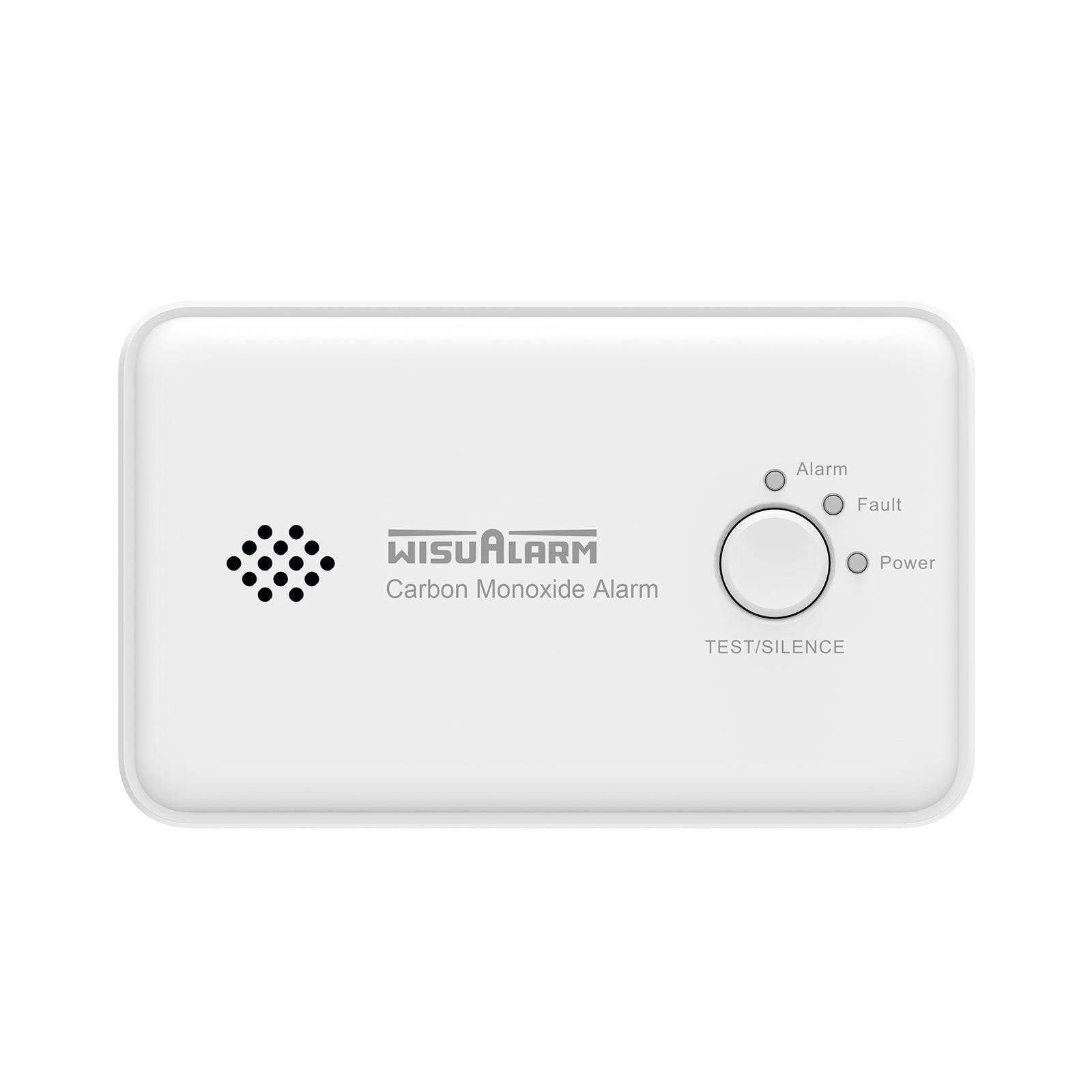

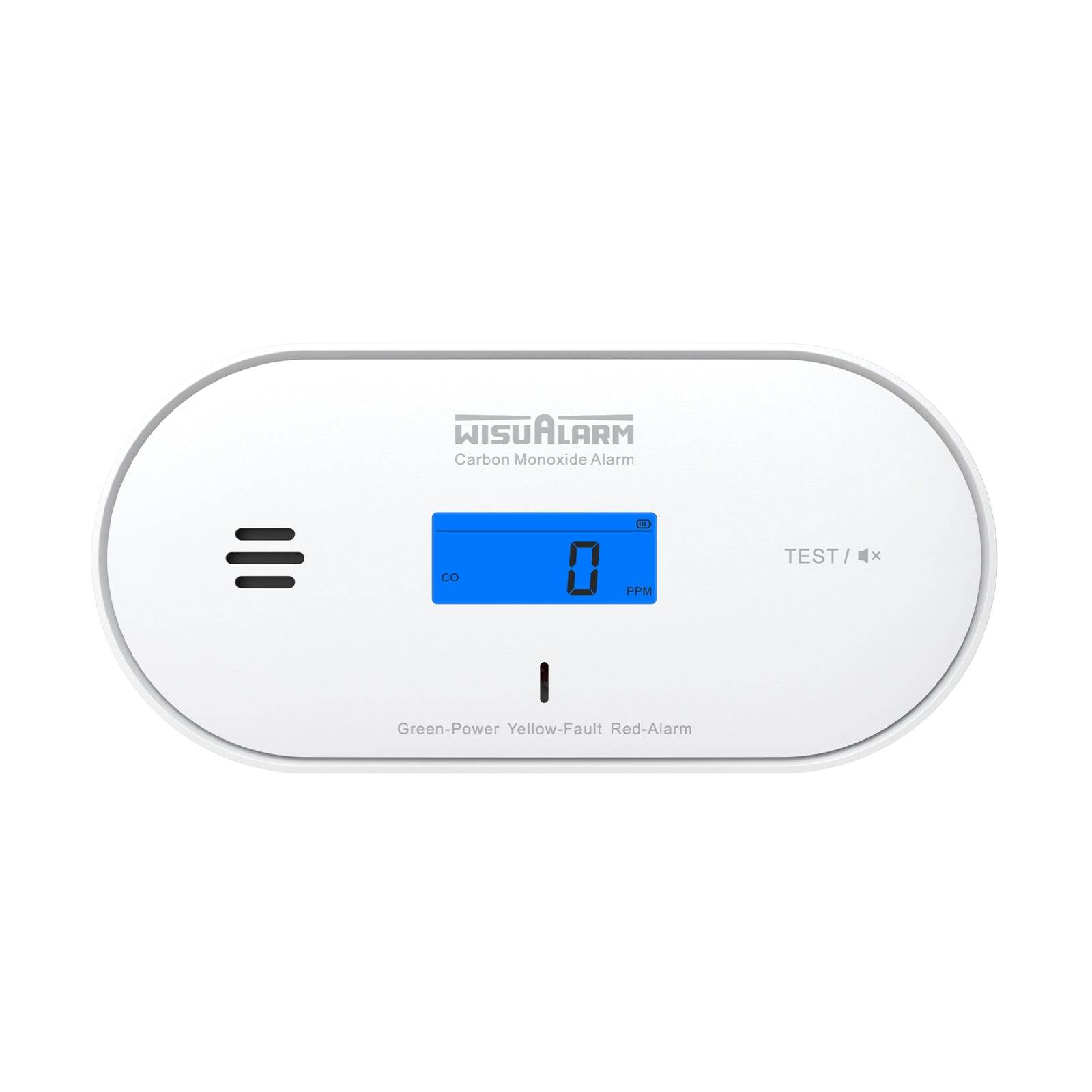




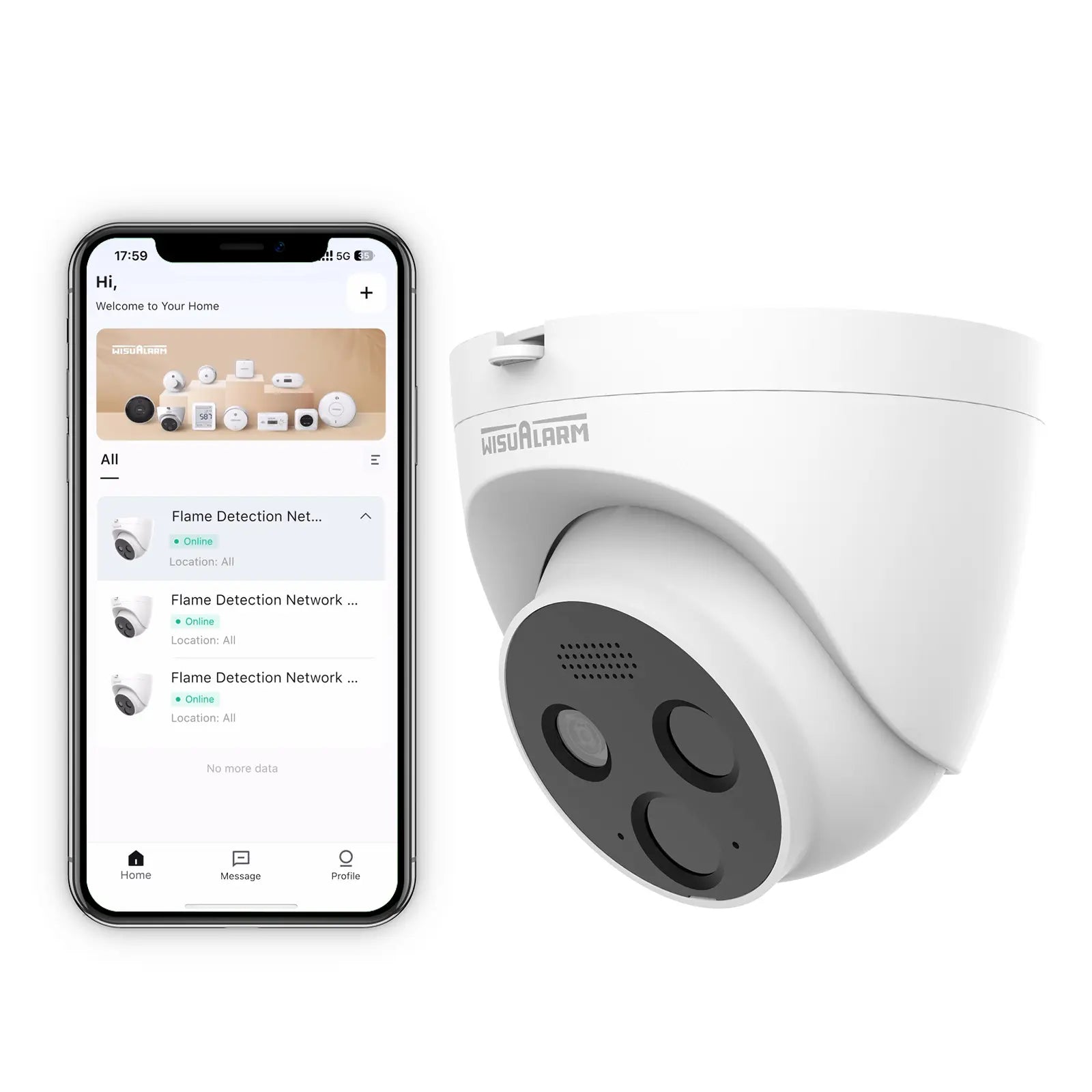


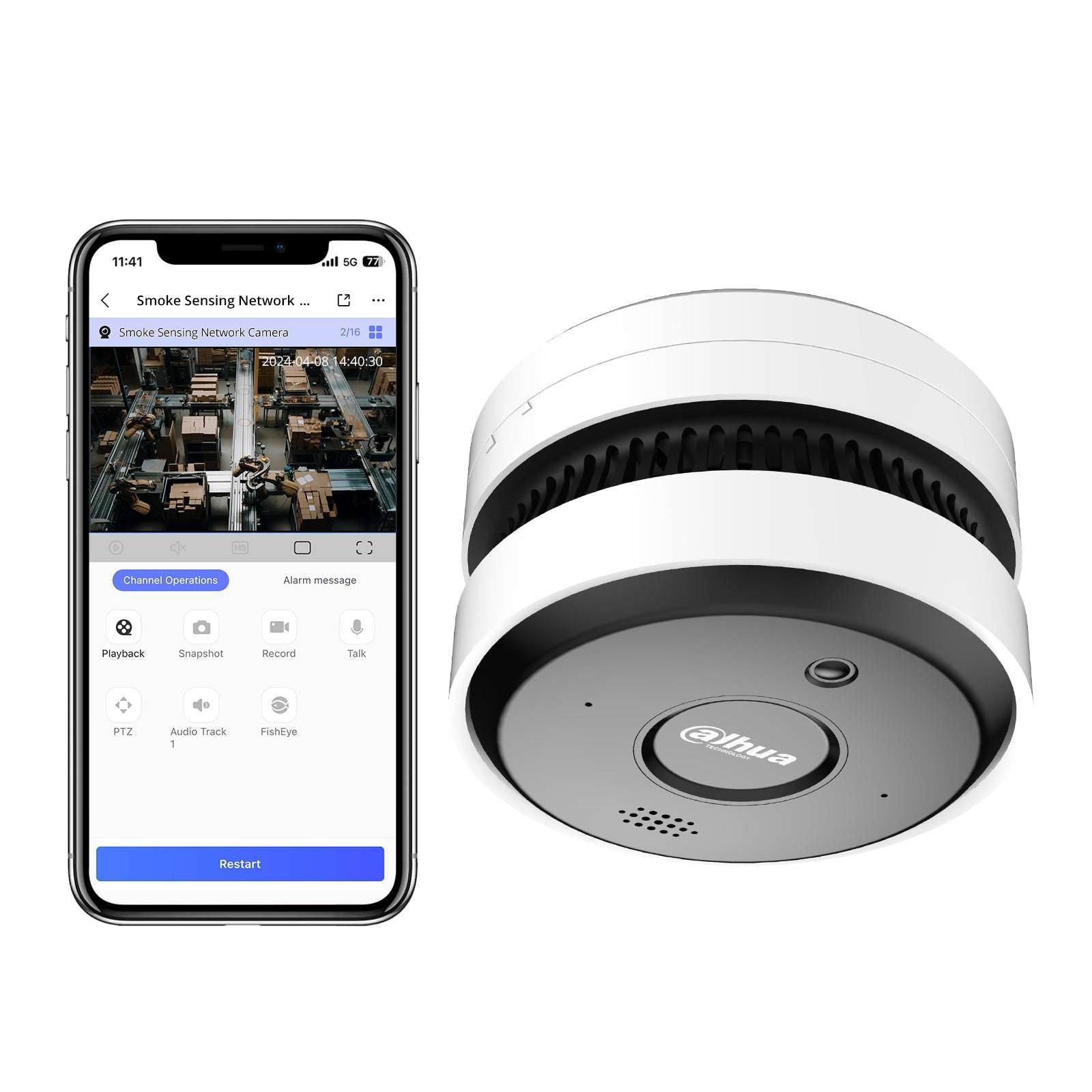
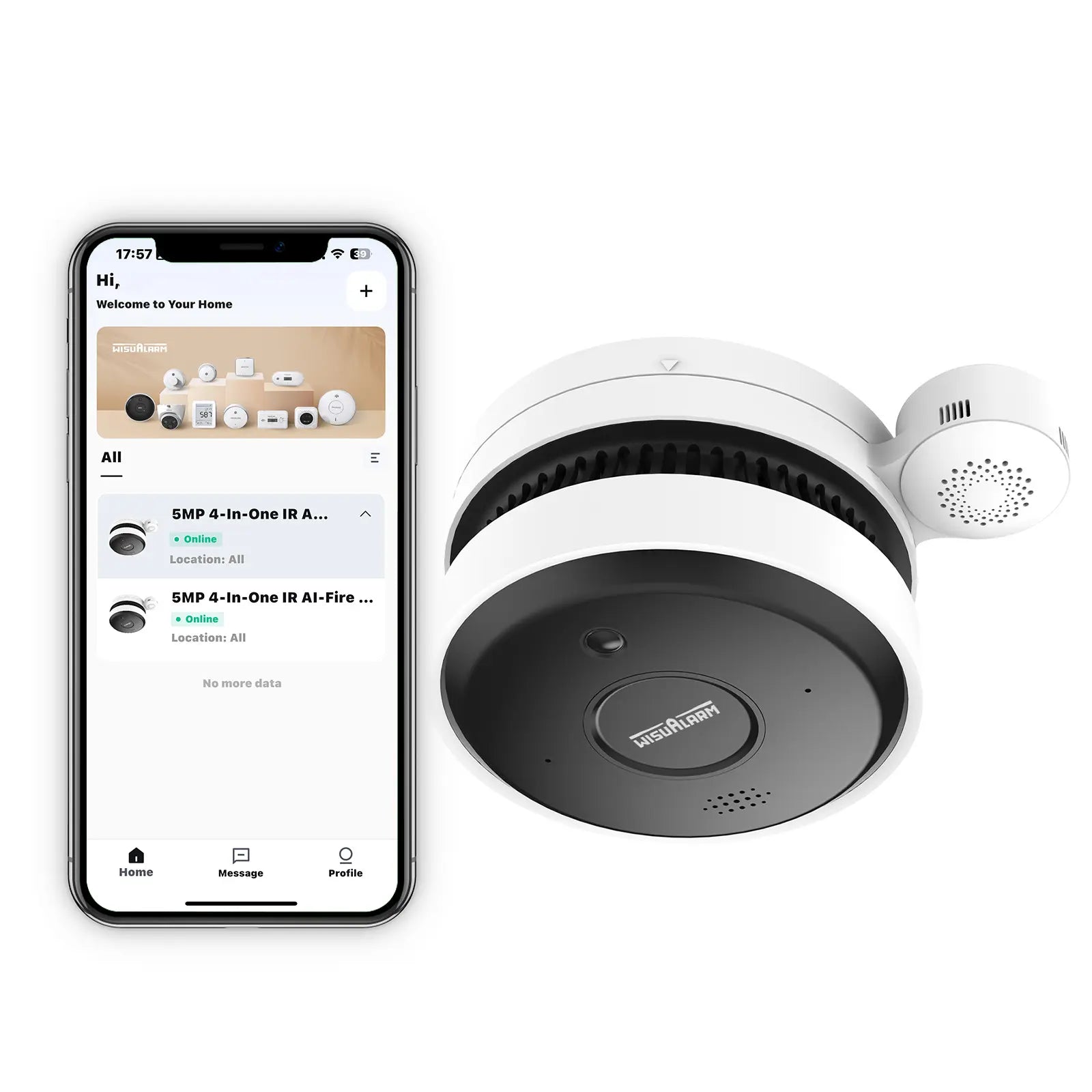


Lascia un commento